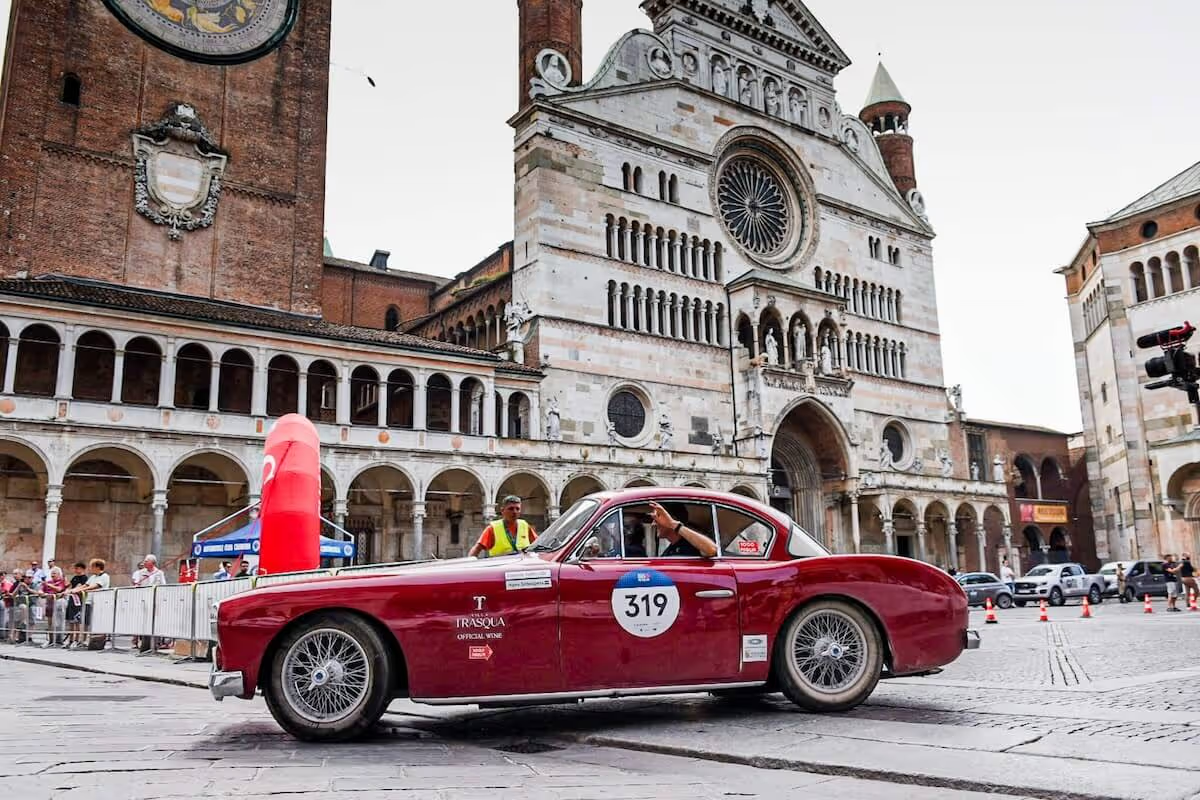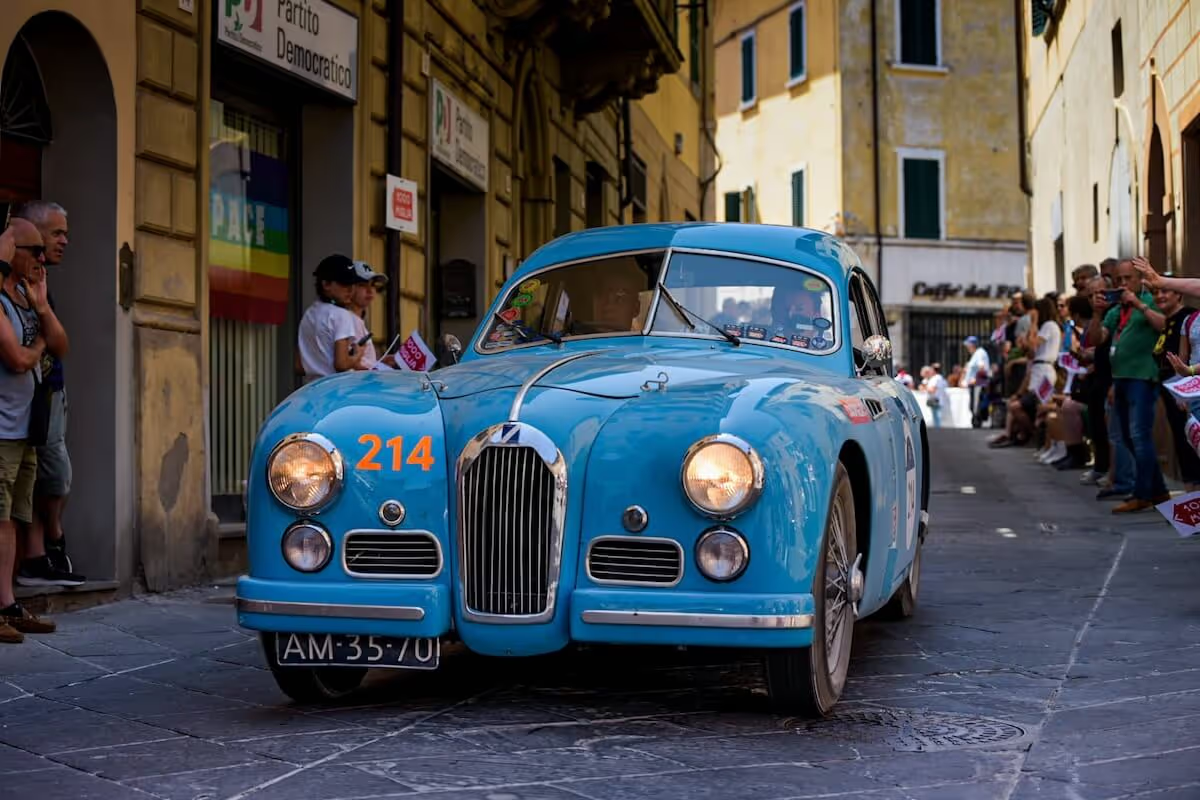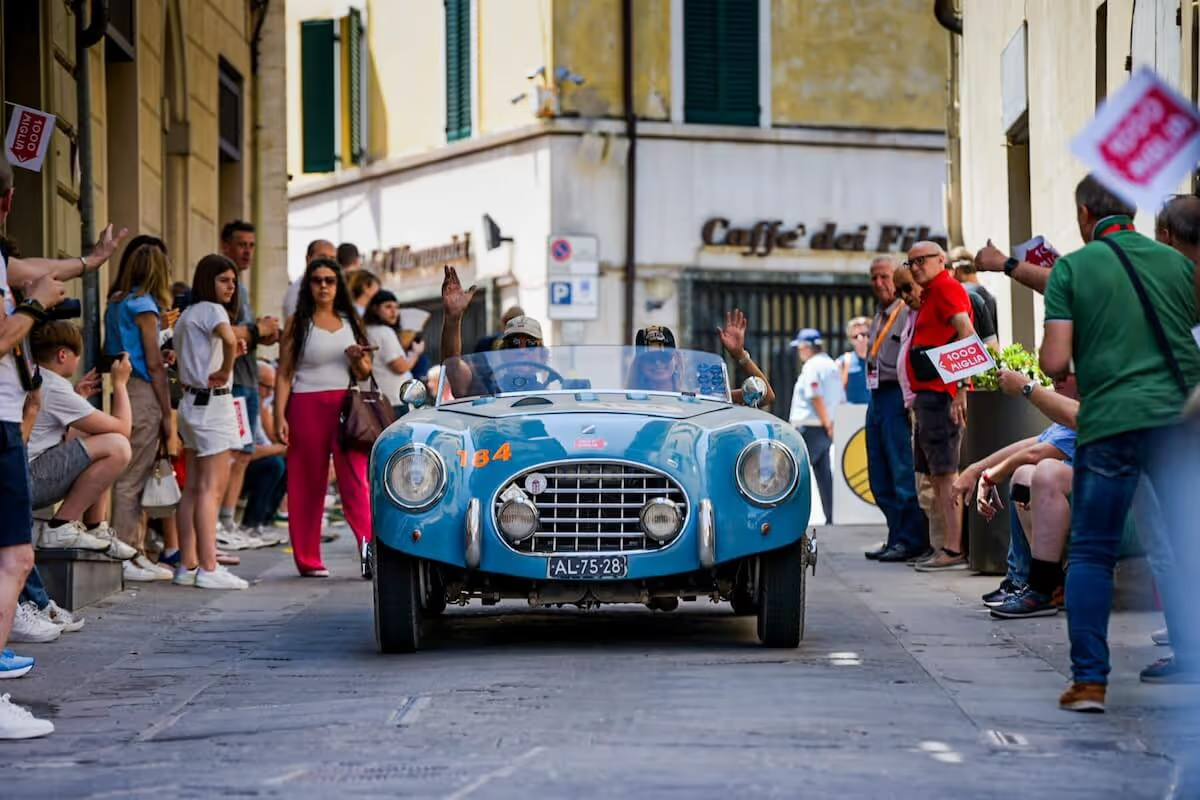ANTONIO LAGO'S DREAM
No car brand has a history as complicated as Talbot. In the stormy automotive industry years of the early decades of the 20th century, unpredictable and sometimes bizarre business interests led to confusion around the Talbot brand name. Originally, it was the English Earl Charles Chetwynd Talbot of Shrewsbury who gave the brand his name in 1903. Initially, it was nothing more than an assembly company owned by the French car brand Clément Bayard. After the Earl retired in 1919, Talbot merged with the English brand Sunbeam and the French Darracq to form Sunbeam Talbot Darracq Motors Ltd., with both a British and French branch. Despite quite good motorsport successes, both led commercially struggling lives.

But in 1936, Italian-British businessman Antonio Lago saved the French branch from destruction and renamed it Talbot-Lago. With a substantial financial injection and the help of brilliant Italian motorcycle manufacturers, this resulted in a short but successful existence. The first six-cylinder models with illustrious names such as Cadette, Master, Major and Lago Speciale were popular with wealthy French audiences, partly because of the special, often even exotically styled French bodies. Talbot lagos thus regularly won prizes at the popular French concours d'élégances. At the same time, the Talbots-Lago increasingly appeared in major French sports car races, especially the Le Mans 24-hour race.

Despite all Lago's ambitions, competition in the segment of exclusive car brands was fierce. Delahaye, Delage or Hotchkiss also got a piece of the pie at the competitions or racetracks. In 1946, Lago therefore went the extra mile with a new variant of the 4.5 liter six-cylinder: the legendary 170 hp T26. It was ideal for the T26 GS model with which Louis Rosier won the Le Mans 24 Hours in 1950. Moreover, Rosier even triumphed twice in a row, in 1950 and 1951, with a Talbot-Lago T26 C at the Dutch Formula 1 Grand Prix. In those post-war GPs, the Talbots were regular trendsetters on the GP circuits. The legendary Philippe Etancelin, among others, raced backwards without a helmet, but wearing his sports hat, around 240 hp, roaring Talbot!

Meanwhile, the famous French bodybuilders experienced their greatest artistic successes on the same T26: Franay, Chapron, Saoutchik or Figoni & Falaschi immortalized themselves with their creations. That show was just a swan song; sales declined sharply. Even the modernly styled GS coupe, later named America (with a BMW V8), couldn't break a stone. Talbot-Lago thus went down inglorious in 1956 with Simca's takeover of the brand, through which brand the Talbot name eventually disappeared completely within the PSA group.
At the Concours d'Elegance at Wheels Mariënweaertdt 2025, Talbot will be represented with its own competition class.
Talbot History Timeline
- 1903: Charles Chetwynd Talbot of Shrewsbury gives his name to the brand Talbot. Initially, it was an assembly company for the French car brand Clément Bayard.
- 1919: Count Talbot retires. Talbot merges with English brand Sunbeam and French Darracq to Sunbeam Talbot Darracq Motors Ltd. (CITY), with offices in both the UK and France.
- 1920s - early 30s: Despite motorsport successes, STD has a difficult life commercially.
- 1936: Italian-British businessman Antonio Lago saves the French branch from destruction and renames it Talbot Lake. With financial injections and the help of talented Italian motorcycle manufacturers, a successful period follows.
- 30s - 40s: Talbot-Lago produces successful six-cylinder models such as the Cadette, Master, Major and Lago Speciale. These cars, often equipped with exotically styled French bodies, are popular with the wealthy public and win prizes at concours d'élégances.
- 1946: Lago introduces the legendary 170 hp T26, a new version of the 4.5 liter six-cylinder.
- 1950: Louis Rosier wins the 24 Hours of Le Mans with a Talbot-Lago T26 GS.
- 1950 & 1951: Louis Rosier wins the Dutch Formula 1 Grand Prix twice in a row with a Talbot-Lago T26C. Talbot lagos are regular trendsetters on the GP circuits in the post-war era.
- 40's - 50's: Famous French bodyshops such as Franay, Chapron, Saoutchik and Figoni & Falaschi create iconic designs based on the T26. Despite the artistic successes, sales of the cars are falling sharply.
- 1956: Talbot Lake goes down ingloriously with the takeover of the brand by Simca.
- Later: The name Talbot will eventually disappear within the PSA group, which eventually included the Simca brand.


